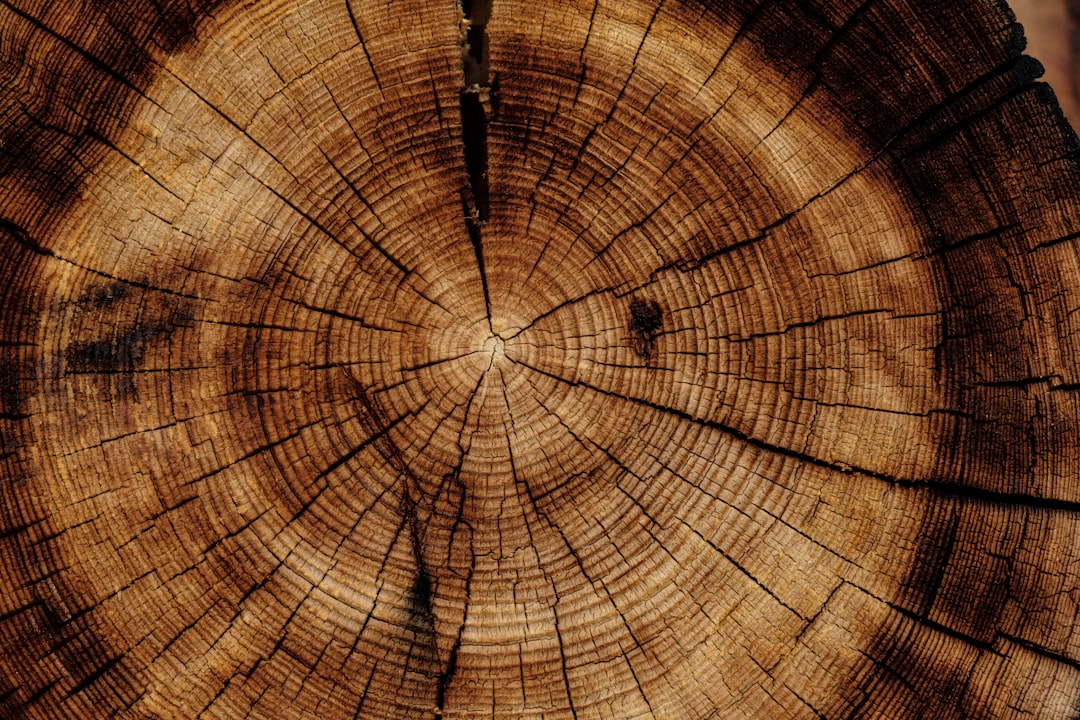What is it about?
This work shows how Zernike phase-contrast enhanced X-ray nanotomography (nanoCT) can reveal micro- and nano-porosity in bone. However, the obtained data are often plagued with halo and shade-off artifacts, which can make segmentation challenging. To address this issue, the authors proposed incremental deep learning (DL) training to classify bone porosity on reconstructed data. This method was found to be reliable and predictable, whereas the traditional threshold method failed to separate the voids and the outer edges of the bone. This study compares the outcomes of model training and validation with different training data and batch size parameters and suggests that the Sensor3D models are slightly more accurate than U-Net models within the limits of the training data and batch sizes tested.
Featured Image

Photo by Markus Spiske on Unsplash
Why is it important?
The major advantage of the Zernike-nanoCT method over other imaging methods is that bone can be imaged rapidly in three dimensions within a relatively large field of view, which makes it possible to repeat measurements on overlapping regions of interest, enabling even larger samples to be mapped rapidly in 3D. Combining Zernike-nanoCT with available DL libraries facilitates bone analysis, reducing human-based and time-consuming classification effort.
Perspectives
This study aimed to facilitate bone segmentation. Zernike phase-contrast X-ray nanotomography offers a unique advantage over other imaging methods by allowing the visualization of bone internal structures without the need for extensive preparation.
Andreia Sousa da Silveira
Charité - Universitätsmedizin Berlin
Read the Original
This page is a summary of: Deep learning to overcome Zernike phase-contrast nanoCT artifacts for automated micro-nano porosity segmentation in bone, Journal of Synchrotron Radiation, January 2024, International Union of Crystallography,
DOI: 10.1107/s1600577523009852.
You can read the full text:
Contributors
The following have contributed to this page










